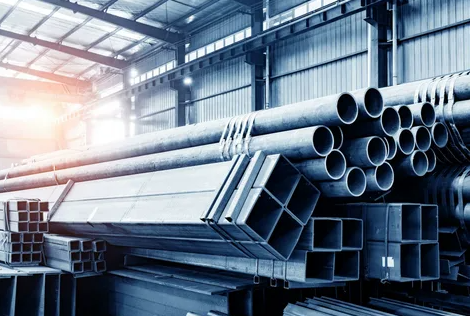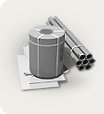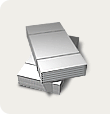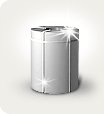The EU remains one of the world's largest steel producers despite a 20 percent decline in production between 2018 and 2024, according to the European Commission's Joint Research Center (JRC). The bloc's steel industry continues to rely heavily on imports for 75 percent of its iron ore and coking coal, highlighting the urgent need to diversify supplies and increase circularity of materials.
The latest Raw Materials Information System (RMIS 2025) fact sheets titled "Current Trends and Circularity Opportunities" and "Characteristics and using EU steel scrap in relation to global trade considerations" - explores how high-quality scrap will become a strategic raw material for European steelmakers amid global trade tensions and stricter decarbonization rules.
Circularity and decarbonization: EAF and DRI to reshape steelmaking The EU
JRC predicts a rapid transition from conventional blast furnace oxygen (BF-BOF) to electric arc furnace (EAF) and hydrogen-based direct reduction of iron (H₂ -DRI) technologies. By 2035, EAF routes could account for up to two-thirds of the EU's steelmaking capacity, up from 41 percent today.
This transformation is important for reducing emissions - steel accounts for 5-6 percent of EU carbon output - and is consistent with the Clean Industry Agreement, the Steel and Metals Action Plan and the upcoming Circular Economy Act (2026).
However, the JRC warns that the competitiveness of EAF






